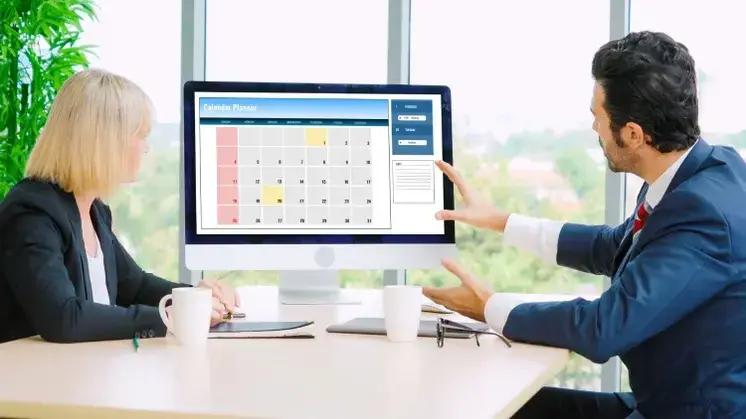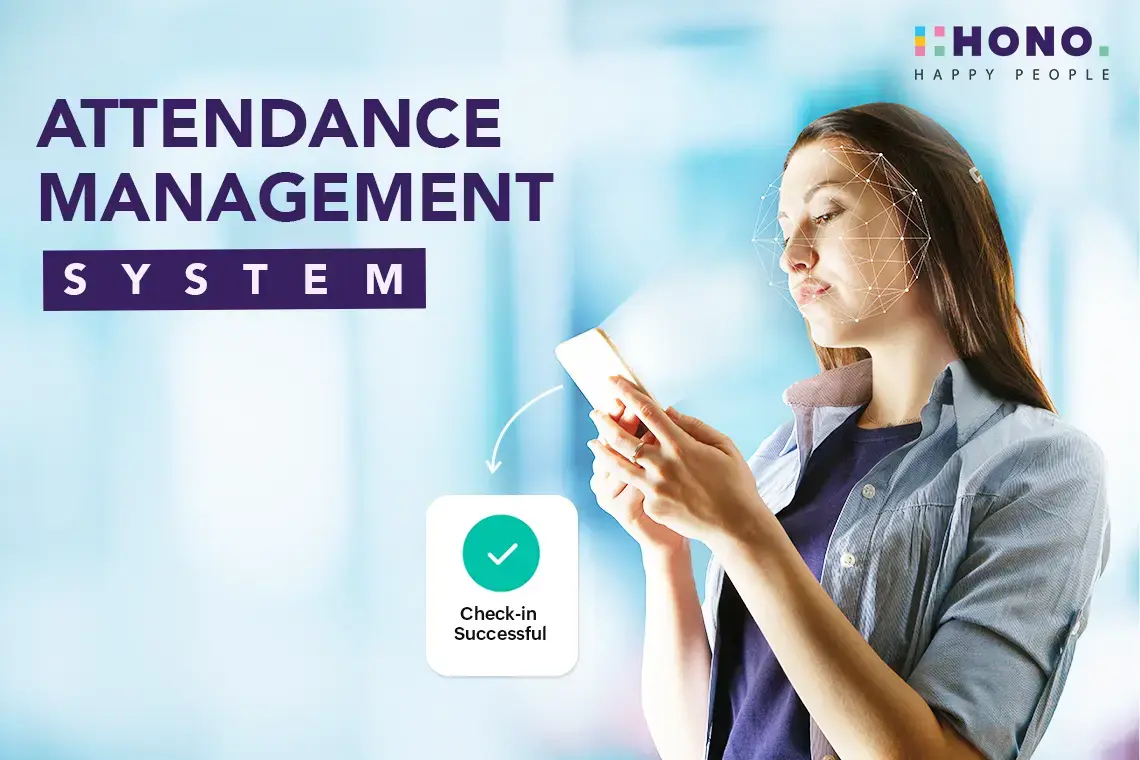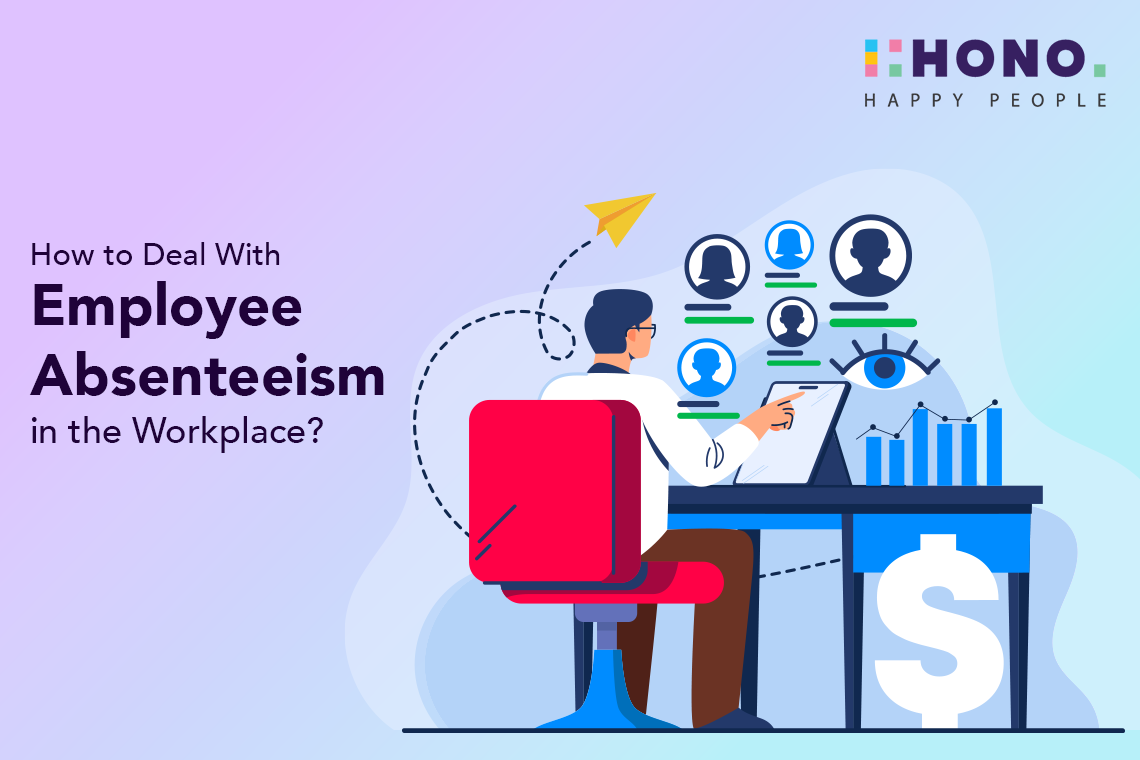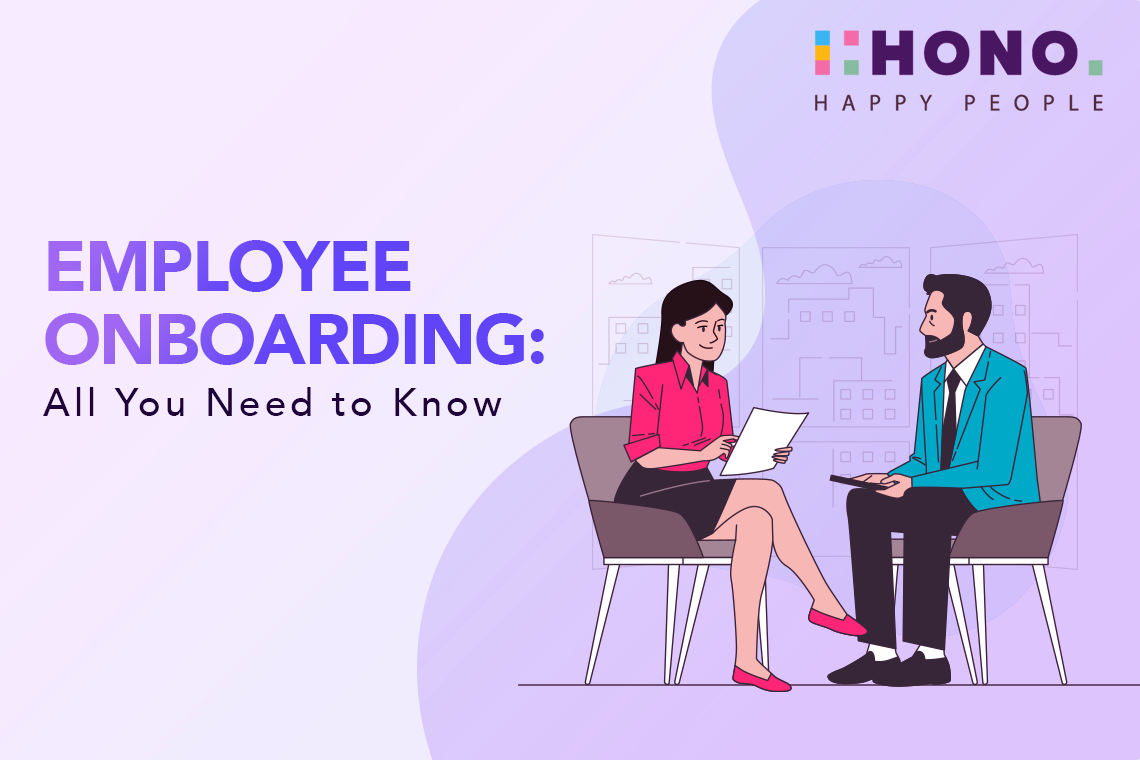Related: How to Overcome HR Challenges in the Manufacturing Industry
These outdated techniques yield meaningless results due to data distortion.
Without human sorting, it will be impossible to get insight or identify specific issues from this chaotic heap. The reliability remains questionable even then. A solid employee attendance and leave management system is required to avoid administrative issues, legal troubles, and payroll errors.
What is leave management?
Leave management, often known as time-off management, is the process and set of policies by which an organization handles requests from employees for time off, such as vacations, holidays, sick days, and family emergencies.
Related: How Does Leave and Attendance Management System Impact Organizations?
Importance of Having Leave & Attendance Management
1. Planning Time Off and Vacations
Effectively managing employee absences requires a dedicated time and effort to strategically schedule your workforce's time off. An automated employee attendance and leave management system can help companies keep track of employees' vacation time in a more organized fashion. You may better prepare for employee absences with the aid of a Leave and Attendance Management System like HONO HRMS, and you'll have the opportunity to subtly overcome excessive absenteeism. Annual vacation and holiday schedules can be well-planned with some careful planning and administration. You'll be able to get more done in less time and finish your projects on schedule. HONO HRMS is a powerful leave management system that may help your company keep track of employees' absences in an easy and accurate way.
Human resources and management can save some time and effort by streamlining the process of approving and monitoring time off requests. The digitized leave and attendance management software will also manage company-wide records more effectively. Managers are able to easily track time off and ensure they are in line with regulations.
2. At a Glance Reporting
The efficient reporting function provided by the leave and attendance management software will be useful when it comes to the timely and accurate management of reports. The visually appealing reports will aid in the rapid analysis of employee-specific and company-wide data and statistics for both employers and workers. The HR team can quickly gather actionable information by examining these reports.
3. Monitor Employee Leaves
The well-organized and automated employee attendance and leave management system for managing employee leaves will efficiently keep track of each employee's vacation days taken. It is so well-organized that employees can easily record their requests and managers may immediately review them. The relevant person can accept and validate the request after seeing it. All of these difficult tasks can be completed with a few easy clicks.
 4. Seamless integration & broad overview for managers
4. Seamless integration & broad overview for managers
An efficient employee attendance and leave management system will provide managers with a complete and comprehensive picture, allowing them to see every aspect of employee leave in a single frame. This will be very important for managers or authorities in smart job distribution during the absence of other employees. Furthermore, the leave management system may be integrated with other systems. You can easily interface with other HR systems, timesheet management software, payroll software, and so on. In a single dashboard, businesses will get a full view of each employee's leave - scheduled or unforeseen.
Read More: How to Overcome the HR Challenges in the Hospitality Industry
Key Challenges faced by the HR department in Leave and Attendance Management
Managing leave and attendance is still a cumbersome task at many companies due to the level of manual process involved. Due to the manual processes, HR departments face a lot of challenges while dealing with leave and attendance effectively. Here are some major challenges faced by the HR department for managing employee leaves.
1. Delays in Communication and Approval: Delays in accepting or rejecting leave requests can be caused by inefficient communication and approval processes. Employee morale may suffer as a result, as will team cooperation.
2. Payroll integration: Accurate leave and attendance data is required for payroll processing. It is critical to have seamless connectivity between time attendance and leave management software and payroll systems in order to avoid payroll problems.
3. Employee Privacy and Data Security: When dealing with sensitive employee data such as attendance, health, and personal leave, it is critical to maintain a high degree of data security and privacy compliance.
4. Employee Satisfaction and Engagement: When leave rules are not clear or are handled inconsistently, it can lead to employee unhappiness and lower overall engagement levels.
5. Unforeseen Absences: Dealing with unplanned absences caused by crises, sickness, or other unforeseen circumstances can impair workflow and need swift adaptation by HR.
6. Inadequate insight: HR teams may lack real-time insight into employee attendance and leave data, making it difficult to properly plan for staffing, workload distribution, and project deadlines.
Related: Solving HR Challenges in the EdTech Sector with HONO HCM
How can the Leave and Attendance Management system solve the problem?
A Leave Management System (LMS) automates the leave request process, making it easier for employees and supervisors. A decent leave management system will encompass leave applications, approval/rejection, leave balance management, and so on.
A strong and well-designed LMS will include the following features:
1. Dashboard Consolidation
While applying for a leave, employees may check their leave balance and coworkers' days off. To properly analyze leave requests, HR managers and supervisors have access to employee leave balances, holiday lists, and schedules.
2. Cloud-based System
A cloud-based solution eliminates the requirement for software installation and updates. It will provide all concerned members of an organization with multi-channel and always-on access. Employees may apply for, accept, reject, and alter leaves from any location.
3. Auto-update Leave Balance
It becomes tough to manually track and adjust leave balances for all employees. An LMS is not very efficient if your HR manager has to update leaves manually. As a result, auto-updating leave balance is required. Your system should display the employee's and supervisor's leave history.
4. Reporting Simplicity
A decent Leave management system should have a reporting module built in that generates interactive reports based on employee performance and history. This assists managers in analyzing trends and gaining actionable information.
6. Effortless Integration
To save time and minimize errors, your LMS should provide seamless interaction with other applications used for payroll, pre-existing timesheets, and so on. Your software should not create data silos, which complicates leave management even more.
7. Configurable Fields
A not-so-flexible leave and attendance management system with a 'one size fits all' approach will not meet the demands of your organization. Your employees should be able to customize certain areas to match your company's policies.
Manual systems are obsolete; organizations should transition to automated Leave Management Systems (LMS). It's time to identify an LMS that allows you to hover over fields rather than stumbling over them. There are several advantages to using automated attendance and leave management in HR, and organizations should transition from manual to automatic management systems as soon as possible.

Best Practices of Implementing Leave and Attendance Management System
1. Simplify and Standardize Policies: As far as possible, streamline and standardize leave policies. Simplifying policies lowers confusion and makes system configuration easier.
2. Data Migration and Accuracy: If you are converting from manual techniques, verify that current data is accurately migrated to the new system. Before going online, check the data integrity.
3. Customization & Configuration: Tailor the system to your organization's rules and needs. Configure leave kinds, accrual rules, procedures for approval, and notifications.
4. User Training: Educate HR personnel, managers, and workers on how to utilize the system efficiently. User adoption requires clear training materials and persistent assistance.
5. Pilot testing: Before rolling out the system to the entire organization, do a pilot test with a limited set of users. This assists in identifying any flaws or areas that require improvement.
6. Integration with Other Systems: Ensure that other HR systems, particularly payroll, are seamlessly integrated. For payroll processing, accurate leave and attendance data is critical.
7. Monitor and Review parameters: Continuously track critical performance parameters such as leave balance correctness, error reduction, time saved, and user satisfaction. Utilize these indicators to illustrate the system's effectiveness.
8. Regular changes and Maintenance: Keep up with the vendor's system changes and enhancements. Maintenance ensures that the system runs smoothly and efficiently.
Do Read: Benefits of integrating a leave and management software
An effective leave and attendance management system is a critical first step in establishing a healthy work environment for your organization. A leave and attendance management system promotes employees' health and happiness by establishing a healthy work-life balance and open communication by simplifying the HR department's operations.

The attendance and leave management in HR also helps to improve organizational performance by optimizing resource allocation, adhering to relevant compliance, and making the most use of data-driven insights. Businesses may boost employee satisfaction, cooperation, and long-term performance by emphasizing leave and attendance management and implementing cutting-edge HR solutions.
Request a Demo Now!


.png?width=70&height=70&name=Team%20HONO%20logo-01%20(1).png)





.webp)



